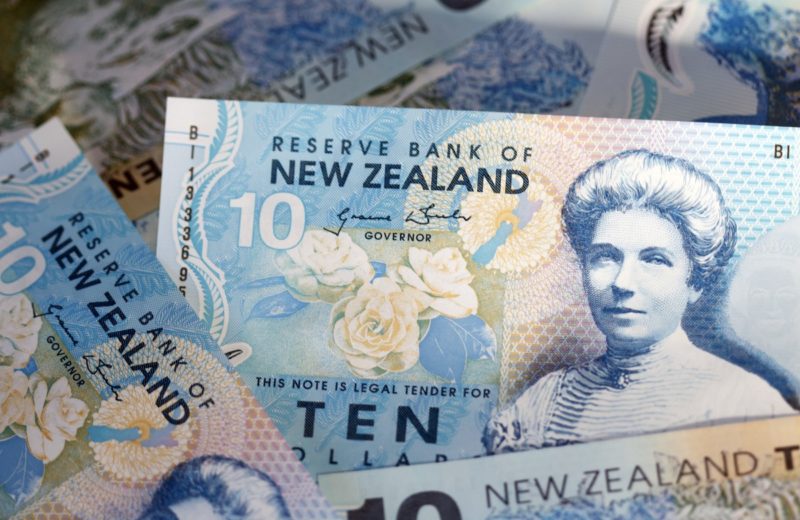After BoE’s rate cut, the pound erased early losses. The dollar is down vs. the euro, Swiss franc, and yen. The market remains nervous about the United States coronavirus outbreak.
The fears concerning the coronavirus outbreak pushed investors into safe havens. Thus, on Wednesday, the United States dollar resumed its descent against the Swiss franc and yen. After the Bank of England unexpectedly cut interest rates, the British pound recovered.
To limit the economic damage of the coronavirus, governments and central banks around the world are scrambling. Thus, it has sent stock markets into a tailspin as investors are heading for the safety of a government bond.
The Bank of England cut its benchmark rate by 50 basis points, to 0.25%. The sterling initially fell as much as 1.2% against the euro and 0.4% against the dollar.
As the move reassured some investors, the pound rebounded. The movement included actions to support bank borrowing. On the day, the pound rose 0.3% to $1.2918.
Euro
The pound was last raised a third of a percent at 87.74 pence per euro.
Rishi Sunak is Britain’s finance minister. The forecast is that he will direct further firepower at the economy of Britain in his first budged later on Wednesday, due at 1230 GMT.
Against the Swiss franc and safe-haven Japanese yen, the dollar dropped particularly sharply. Falling more than a full yen from Tuesday’s high of 105.915, it lost 0.7% to 104.90 yen.
On Monday, the United States currency fell as low as 101.18. Japan might already be in a recession. Because of the country’s current account surplus and its net creditor status, its currency usually rises at times of market stress.
The euro gained 0.5% to $1.13369. Nevertheless, the Swiss franc increased by 0.6% to 0.9346 francs per dollar.
Investors were hoping that policymakers would offer further stimulus to provide travel and trade disruptions. Thus, on Tuesday, the dollar jumped.














